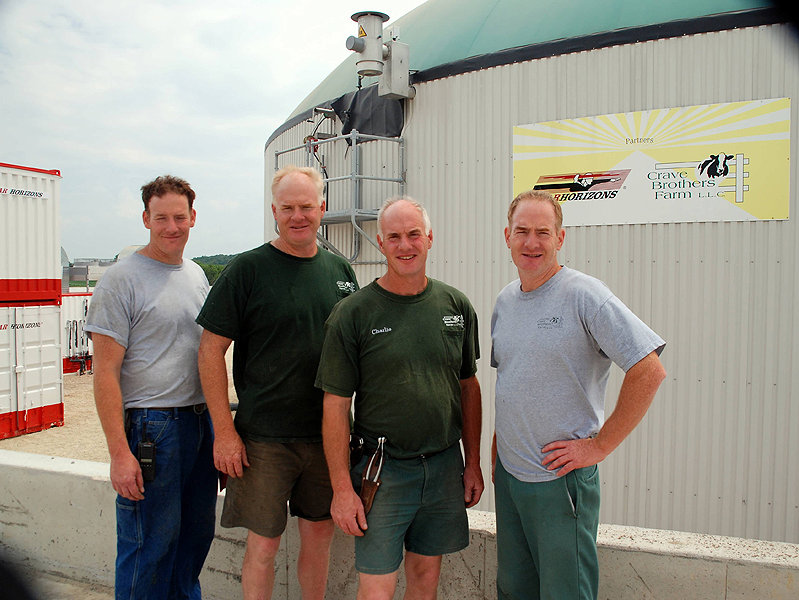After a long winter, many Milwaukeeans are itching to get their gardens started. But just because what you're planting is green, doesn't necessarily make it eco-friendly. High maintenance gardens and lawns requiring a lot of water, mowing, fertilizer and pesticides, all of which are hazardous to the environment.
Here are a few tips for creating not only naturally beautiful, but also sustainable and fruitful green spaces.
Habitat gardens
Landscaping that promotes sprawling, manicured lawns and exotic plant life is not Earth-friendly. Maintaining fickle species that aren't accustomed to our climate inevitably wastes water, energy, time and money, not to mention its affect on wildlife habitats.
Contrast that idea with what's called "naturescaping," which emphasizes selecting native plants for your yard. Native plants have evolved and adapted to local conditions over thousands of years and are vigorous and hardy. Once established, they require no irrigation or fertilization. Habitat gardens recreate the area's natural ecosystem, so they are typically resistant to diseases and also attract birds, bees and butterflies, which act as natural pesticides.
Not only is naturescaping going to help save the Earth, the reduced water and energy bills are also going to save you time and money. Want a tip? Plant trees strategically to provide shade when it's hot and block wind when it's brisk. This, and other energy-reducing home practices often get you tax rebates in Wisconsin.
Here is a list of plants and trees native to Wisconsin.
Rain barrels
Taking notes from earlier generations who lived off the land, many people are again realizing the benefits of using rain barrels to collect water.
Since rain is a naturally soft water and devoid of minerals, chlorine, fluoride, and other chemicals, plants respond very well to it and harvesting it for use can help to improve the health of your gardens, lawns, and trees. And don't overlook the fact that there's no water bill for a rainstorm.
Besides helping the environment, an obvious reason for harvesting rainwater is to save money. Depending on the size of your house and the amount of rainfall in your area, you can collect a substantial amount of rainwater with a simple system.
Collecting rain from your gutters and pour spouts is simple, but first you need a barrel. Feeling ambitious? Here is a guide to making your own rain barrel.
There are also available for purchase from the Milwaukee Metropolitan Sewerage District.
While we're on the subject of water, adopting a few smart-watering habits can have a big affect:
- Add mulch or compost to your soil to retain water and decrease evaporation
- Use soaker hoses or drip irrigation rather than sprinklers
- Water early in the day or at night to avoid evaporation, and water directly on the plant's roots
"Browns are a source of carbon, and provide energy for the microbes." Examples include:
A good compost includes both greens and browns, but always avoids:
"The lawns in the United States consume around 270 billion gallons of water a week -- enough to water 81 million acres of organic vegetables, all summer long," says H.C. Flores in her book "Food Not Lawns."
OnMilwaukee.com staff writer Julie Lawrence grew up in Wauwatosa and has lived her whole life in the Milwaukee area.
As any “word nerd” can attest, you never know when inspiration will strike, so from a very early age Julie has rarely been seen sans pen and little notebook. At the University of Wisconsin-Milwaukee it seemed only natural that she major in journalism. When OnMilwaukee.com offered her an avenue to combine her writing and the city she knows and loves in late 2004, she knew it was meant to be. Around the office, she answers to a plethora of nicknames, including “Lar,” (short for “Larry,” which is short for “Lawrence”) as well as the mysteriously-sourced “Bill Murray.”







